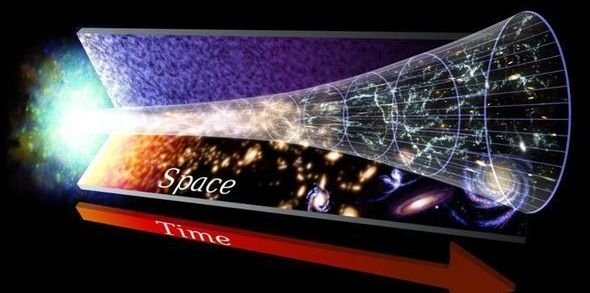Provides some hints what hurdles would be to tackle to do excursions on Mars; also provides a lot of illustrative info about the planet.
Category: space – Page 992

Photo: Fluorescent planetary nebula 4,900 light-years away
The Hubble Space Telescope captured an image of planetary nebula NGC 3918, which is a part of the Centaurus constellation about 4,900 light-years from Earth, according to NASA.
Between the lines: A planetary nebula is a cloud of colorful gasses which surrounds a dying star — known as a red giant, according to NASA. The remnants of the star give off the light, which reflects in the gasses and creates the beautiful, dramatic colors seen in the photo.
Space.
Why mining the water on the Moon could open up space exploration
Moon-mining enthusiasts were particularly gleeful this week when researchers claimed that they had found definitive evidence that water ice exists on the surface of the Moon. There’s even more water ice than we thought up there, too, and we know exactly where a lot of it is. That may make it even easier to mine this water in the future.
Long before this discovery, researchers have been eager to scoop up any water that may be lurking on the lunar surface. It’s a resource that could be incredibly valuable for future long-term missions on the Moon since water is essential for life to function here on Earth. It could be recycled inside a lunar habitat or used for drinking water or bathing. It could also be used to help plants grow on the Moon, which are needed to nourish future lunar inhabitants.

India says it will send a human to space by 2022
The announcement came as a surprise to many people within ISRO, the country’s space agency.
Such a feat would make India just the fourth country to put a human into space, after Russia, the United States, and China. But it was soon revealed that the announcement came as a surprise to many people within ISRO, the country’s space agency.
“We were not expecting it,” said ISRO chairman K. Sivan in a press conference, before adding, “It is not an unrealistic schedule. We are confident of achieving it even before 2022.”
NASA Launching Advanced Laser to Measure Earth’s Changing Ice
Preparations are underway to launch into space the most advanced laser instrument of its kind next month. It will begin a mission to measure – in unprecedented detail – changes in the heights of Earth’s polar ice. Learn more about NASA ICE’s #ICESat2: https://go.nasa.gov/2wfA7T2

Forget “Manned” Missions–Females May Be More Mentally Resilient in Deep Space
A controversial new study in lab mice hints at sex-based differences in cosmic ray–induced cognitive decline.
- By John Wenz on August 24, 2018

Supersized solar farms are sprouting around the world (and maybe in space, too)
In a quest to cut the cost of clean electricity, power utilities around the world are supersizing their solar farms.
Nowhere is that more apparent than in southern Egypt, where what will be the world’s largest solar farm — a vast collection of more than 5 million photovoltaic panels — is now taking shape. When it’s completed next year, the $4 billion Benban solar park near Aswan will cover an area 10 times bigger than New York’s Central Park and generate up to 1.8 gigawatts of electricity.